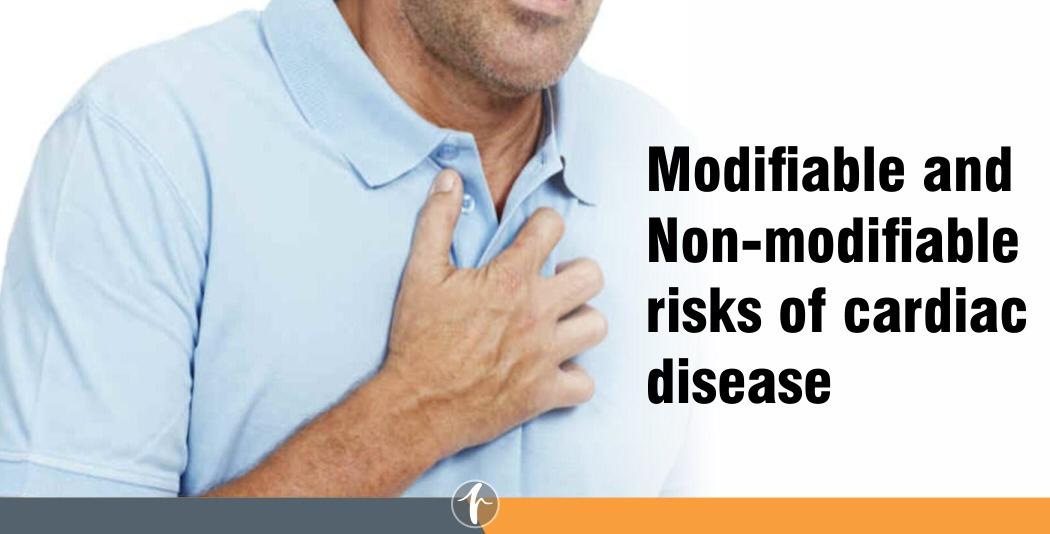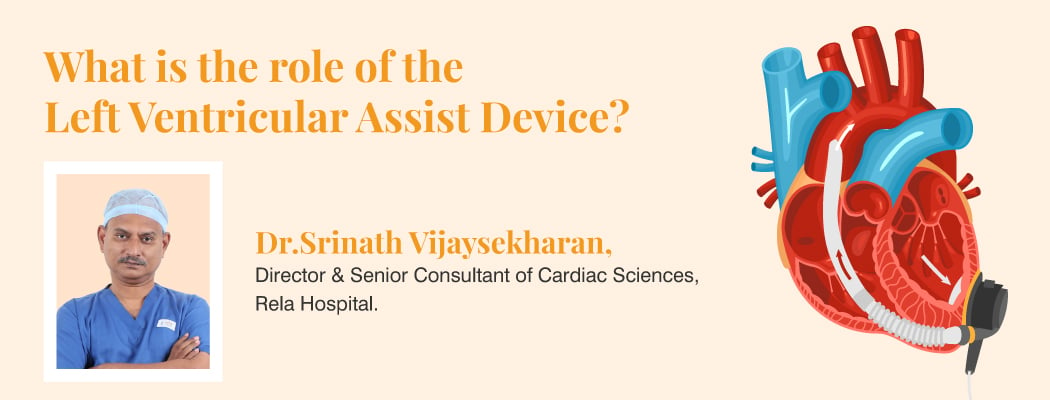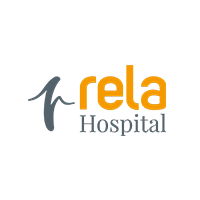Modifiable and Non-modifiable risks of cardiac disease
September 25, 2020

Cardiovascular disease covers all conditions that affect the heart and the vascular system. It incudes heart disease, heart attack, aortic disease and stroke. All heart diseases are cardiovascular diseases. Like all diseases, heart disease also has risk factors. Some risk factors are modifiable and some are not modifiable. Your risk of getting heart disease increases with the number of risk factors you have.
Modifiable risk of heart disease
Risk factors that you can control or modify are called modifiable risk factors. These risk factors for cardiac disease include:
High blood pressure
High cholesterol
High blood sugar
Smoking
Sedentary lifestyle
High fat low fiber diet
Looking at the list, the factors might seem overwhelming and hard to control, but there is a silver lining: they are interconnected. Making a small change in one will lead to improvement in others. Similarly losing control of one can also cascade into loss of control over all factors. Exercising regularly will help you control your weight and as your weight is controlled, your cholesterol and blood pressure also will see improvement. Choosing a healthy diet will also affect your blood pressure, cholesterol, sugar and obesity in a positive way. Take control of your heart health by controlling your modifiable risk factors for heart disease.
Non-modifiable risk factors for heart disease
There are a number of risk factors that we are born with or cannot control. They are:
Having a family history of heart disease
Having preeclampsia during pregnancy
Age over 55
Risk of heart disease increases with age. The older you are, the higher the risk. Similarly, if someone in your family has heart disease, then you are at increased risk of developing it too. If you had preeclampsia during pregnancy you are at increased risk of getting a heart disease. These factors are not under your control and you cannot modify them. The only way to stay safe and keep your heart healthy is a regular heart check-up.
Prevent and protect your heart from cardiovascular disease
A heart health check-up is the best way to ensure that your heart is healthy. Adopting a healthy lifestyle will reduce your risk of heart ailments, but it won’t prevent it. Whether you have a heart problem, whether you are at risk of developing a heart problem or whether you have symptoms such as shortness of breath, chest, arm, shoulder or back pain or discomfort consult a cardiologist right away. It will help diagnose and treat heart problems in the early stages to prevent major life-threatening heart conditions. If you require a heart check-up or an appointment with our cardiologist please call:







